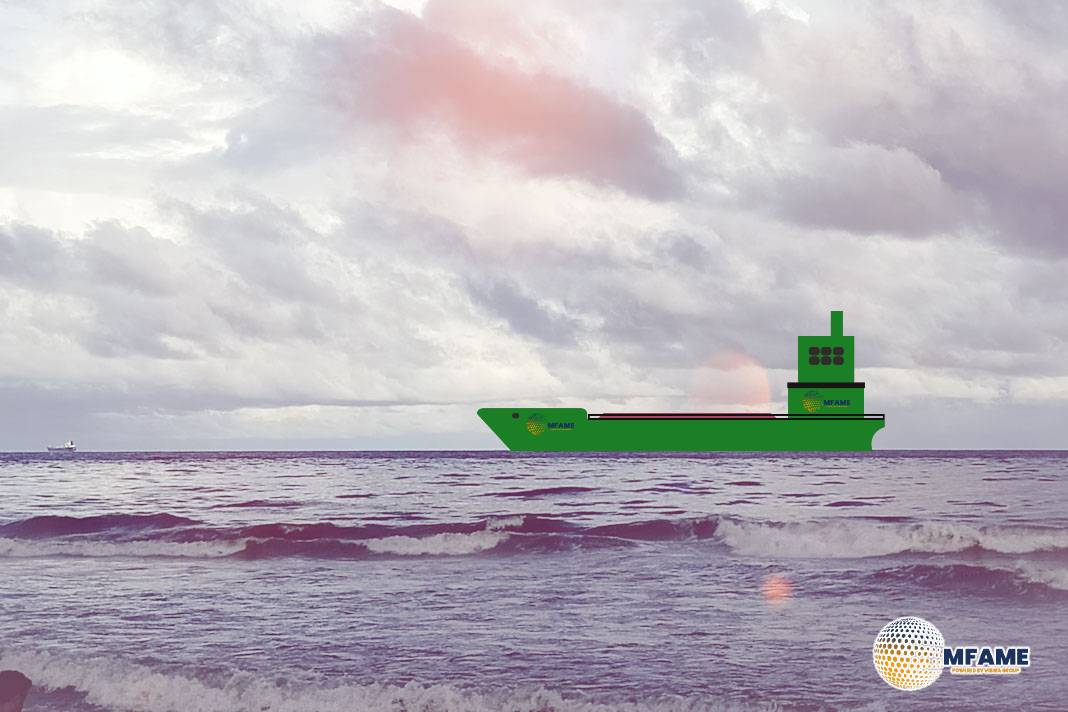- Russian Coal Shipments Drop 11% as Global Demand Shifts.
- Tonne Mile Demand Rises Despite Falling Russian Shipments.
- Ukraine’s Exports Recover, But Still 36% Below Pre-War Levels.
Three years into the Russian invasion of Ukraine, combined dry bulk imports from the two nations still stand 6% lower than they were pre-war. While their paths since last year could hardly be more contrasting. Ukrainian exports have registered an 87% y/y rise, with those of Russia contracting by 6%. As a whole, their combined figure is up by 3% y/y, reports Marine Link.
Success of Coastal Corridor
The dramatic increase in Ukraine’s exports is largely the result of the effectiveness of its Coastal corridor, created in August 2023. Despite Russian attacks on ships in September and October, this corridor has been successful at shipping dry bulk cargo. Still, Ukraine’s export volumes continue to lag behind pre-war levels by 36%.
Fall in Russian Exports Led by Deterioration in Coal Exports
Throughout the first two years of the conflict, Russian dry bulk exports were relatively untouched and even grew stronger owing to a more robust demand for fertilizers and grains. Russian exports have been falling in the recent 12 months though year-on-year, with coal exports decreasing by 11% and grain exports down 2% y/y. Russian coal, which accounts for 50% of the total combined dry bulk exports of both nations, has been responsible for most of this decline.
Tonne Mile Demand Up Despite Reduced Russian Shipments
Despite the differing shipment patterns, tonne mile demand for Russian and Ukrainian cargoes has grown by 3% y/y. This is caused by the Russian coal sanctions that have resulted in increased sailing distances. “Over the past 12 months, tonne mile demand from Ukrainian and Russian cargoes has increased 3% y/y combined. Unlike volumes, tonne mile demand was already higher than pre-war levels during the second year at war because sanctions on Russian coal increased sailing distances. The demand increase has primarily benefitted ships in the Panamax and supramax segments, whereas capesize demand remains below pre-war levels,” says Filipe Gouveia, Shipping Analysis Manager at BIMCO.
Since August 2022, Russian coal exports, previously sent to Europe through ports in the Arctic, Baltic Sea, and the Black Sea, have been diverted to India, China, and Turkey, greatly expanding the average sailing distances. In the same way, shipments of Russian fertilizer and grain have also been shipped further away, with more exports to Asia and South America.
Shorter Sailing Distances for Ukrainian Commodities
In contrast to Russia, Ukrainian dry bulk exports have witnessed a significant decrease in average sailing distances after the beginning of the conflict. A steep fall in iron ore exports has been the prime reason, coupled with a shift in grain exports from Asian markets to Mediterranean nations, which has led to shorter sailing distances.
Ukraine’s Future Prospects Compared to Russia’s Uncertainty
The future for Ukrainian and Russian dry bulk shipments is uncertain and has the possibility of further alteration based on changes in geopolitics and economics. “In the medium term, Ukrainian shipments could strengthen, especially if the war comes to an end, whereas Russian shipments could continue to weaken. China is the largest destination for Russian coal and its import demand is slowing as the country expands electricity generation from renewables. Furthermore, Russian coal is facing competition from Indonesia and Australia,” says Gouveia.
Did you subscribe to our daily Newsletter?
It’s Free Click here to Subscribe!
Source: Marine Link
























